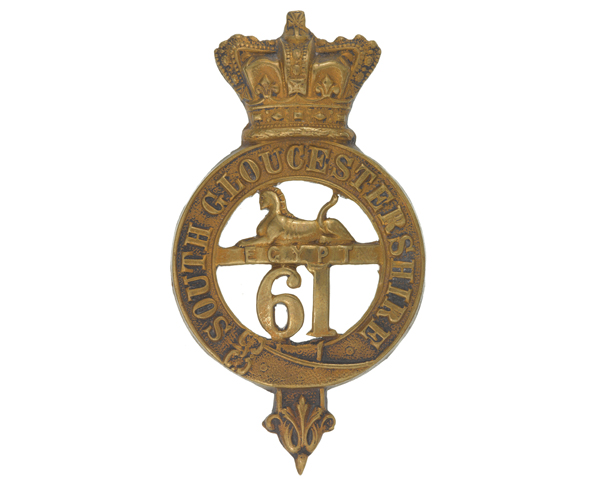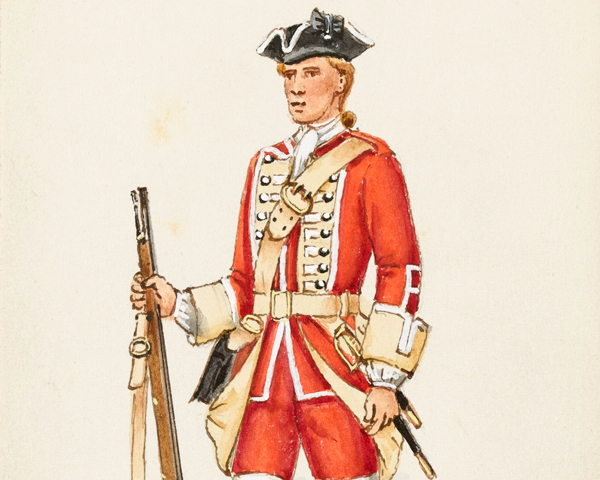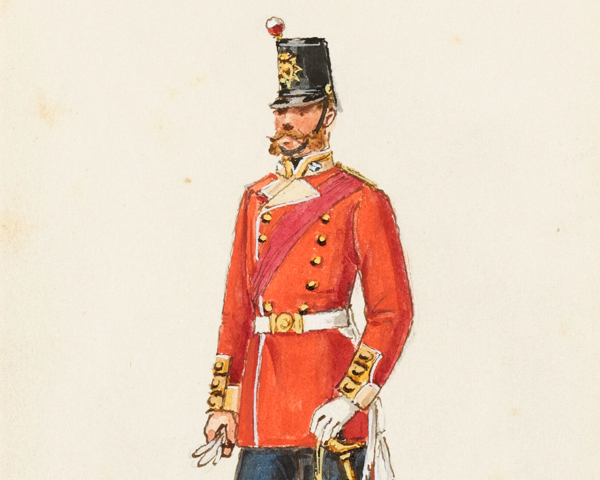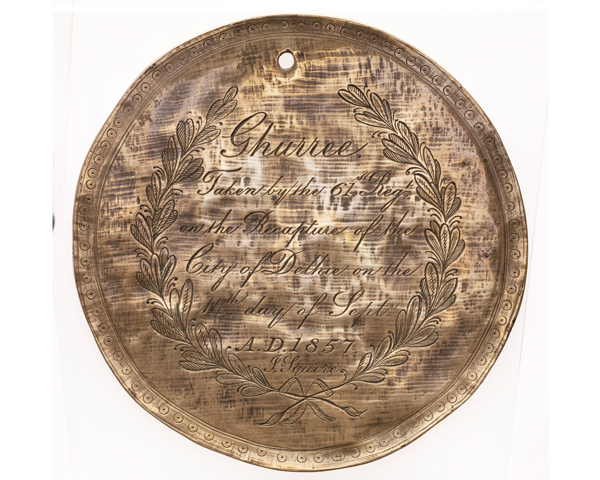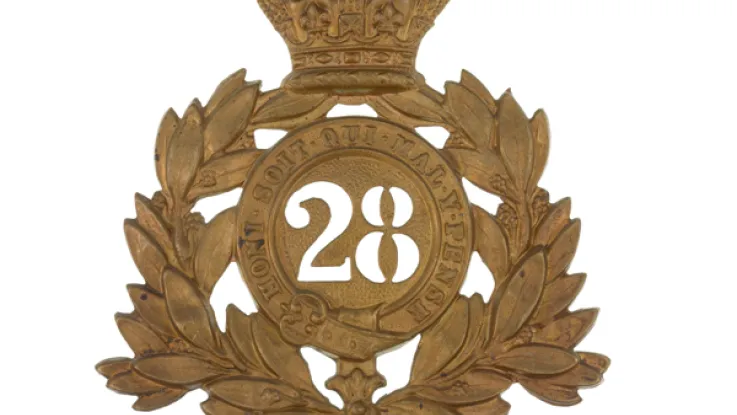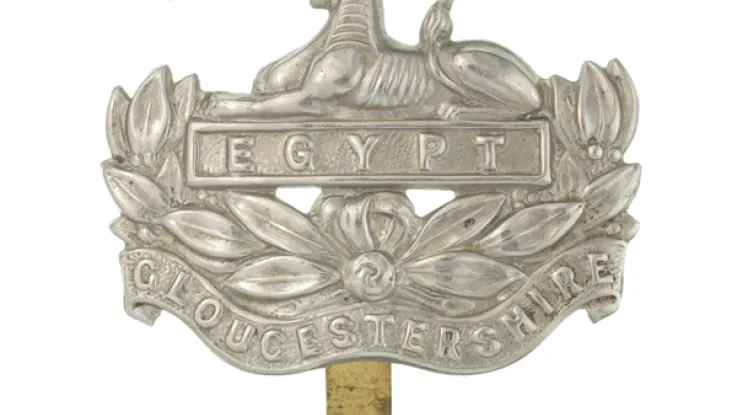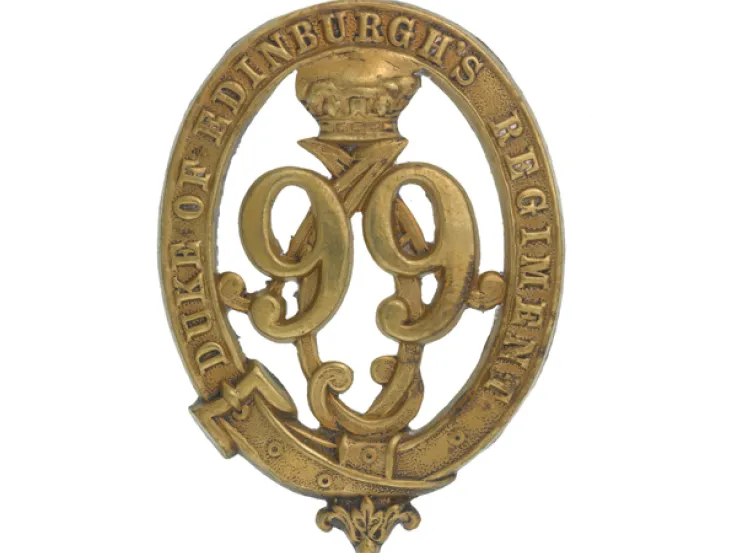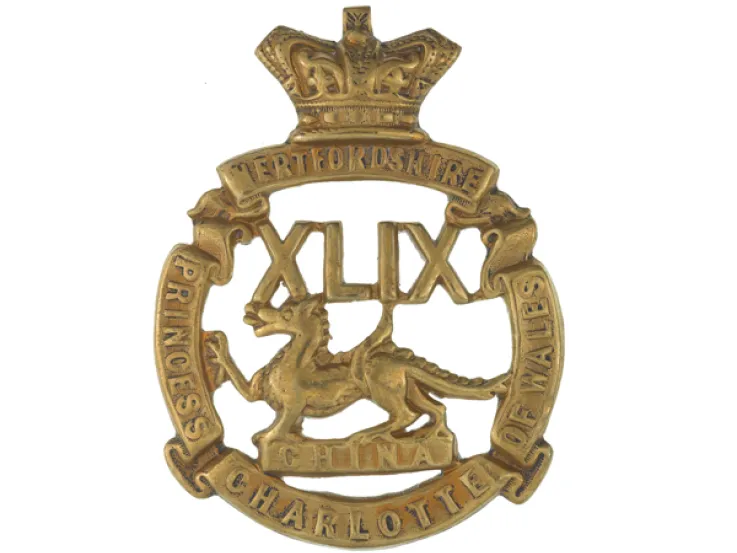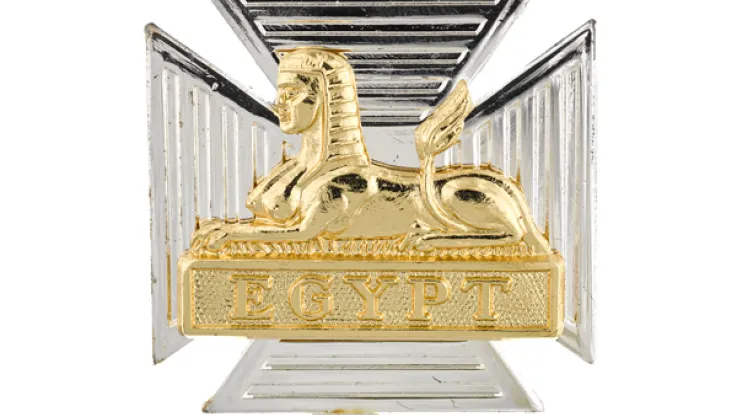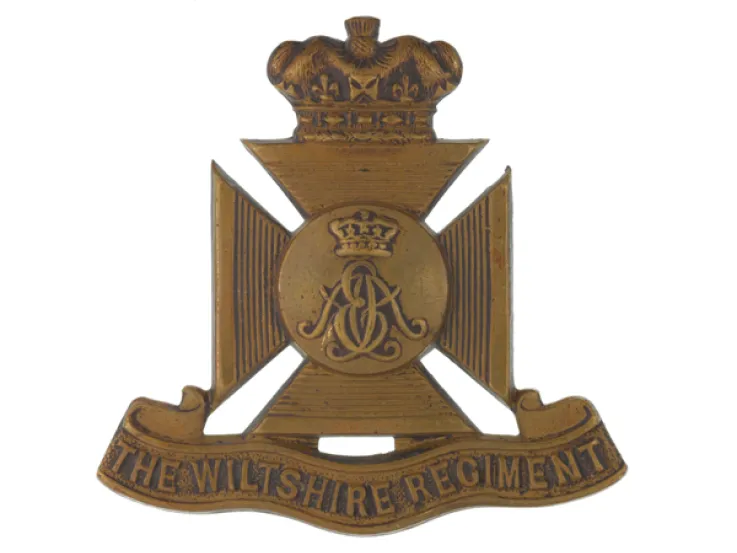Origins
In 1756, following the outbreak of the Seven Years War (1756-63), the 3rd Regiment of Foot formed a 2nd Battalion. Two years later, this became a regiment in its own right with the numeral 61.
Prior to this change, it took part in the raid on the French port of Rochefort (1757). In 1759, it was involved in the capture of Guadeloupe in the West Indies. The 61st then spent the 1760s garrisoning the Channel Islands and Ireland.
In 1771, the regiment moved to Minorca. It was still there in 1782, when the French and Spanish seized the island, taking advantage of Britain’s overstretch during the American War of Independence (1775-83). The 61st was captured by the Spanish and held until May of that year, before being returned to Plymouth.
1782 also saw the regiment gain its territorial association with South Gloucestershire. Garrison service in Ireland and Gibraltar then followed.
French wars
Following the outbreak of the French Revolutionary War (1793-1802), it was posted to the West Indies (1794) and the Channel Islands (1798), before moving to the Cape of Good Hope (1798).
In 1801, a wing of the regiment also moved to Egypt. The rest of the 61st was posted to India and went on to fight in the Second Maratha War (1803-06), service that included the Battle of Broach (1803).
In 1803, the regiment raised a 2nd Battalion, which remained in England and Ireland until disbandment in 1814. At the end of 1803, 1st Battalion moved to Malta, then to Italy in 1805, where two companies fought at Maida (1806) and Monteleone (1806).
In 1807, the regiment returned to Gibraltar, before joining the Peninsular War (1808-14) in 1809. It remained in that theatre until the end of the campaign, fighting at Talavera (1809), Busaco (1810), Fuentes de Onoro (1811), Salamanca (1812), Burgos (1812), Vitoria (1813), Sorauren (1813), Nivelle (1813), Nive (1813), Orthes (1814) and Toulouse (1814).
It spent the next three decades at home stations and in postings on Jamaica and Ceylon (now Sri Lanka).
India
In 1845, the 61st began a 15-year deployment to India. This included service during the Second Sikh War (1848-49) at the Battles of Ramnagar (1848) and Chillianwallah (1849). During the Indian Mutiny (1857-59), the regiment fought at the siege and capture of Delhi (1857).
Postings in England, the Channel Islands, Ireland, Bermuda and Canada followed in the 1860s and 1870s. Its final independent deployment was to India in 1880.
Legacy
In 1881, it was merged with the 28th (North Gloucestershire) Regiment of Foot to form The Gloucestershire Regiment.
Regimental museums
The National Army Museum works with a network of Regimental and Corps Museums across the UK to help preserve and share the history and traditions of the Army and its soldiers.
Discover more about the 61st (South Gloucestershire) Regiment of Foot by visiting the Soldiers of Gloucestershire Museum in Gloucester.


